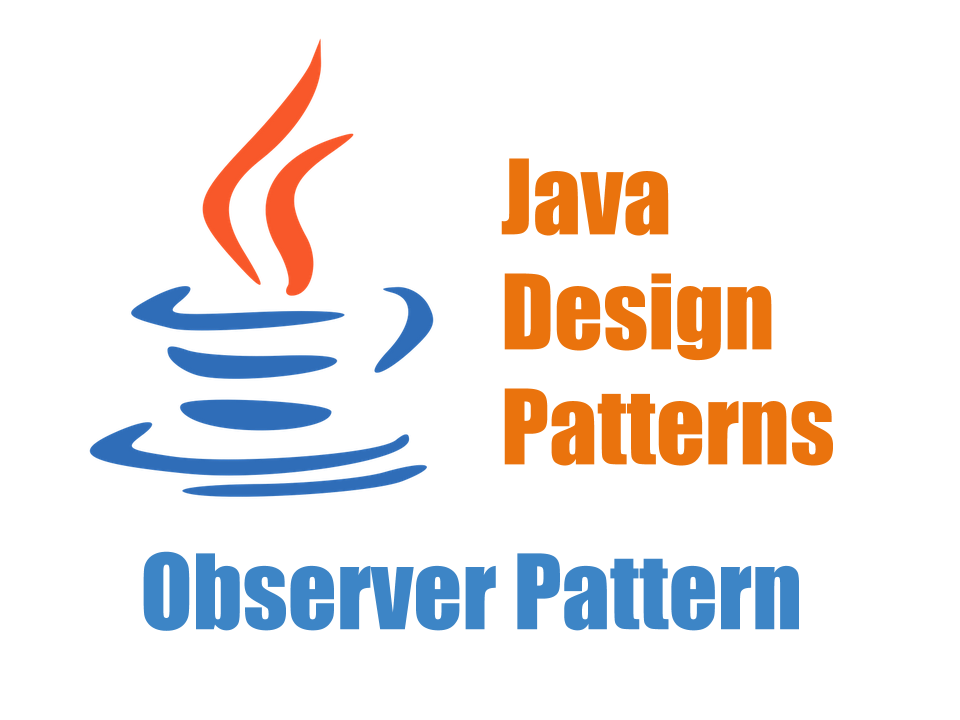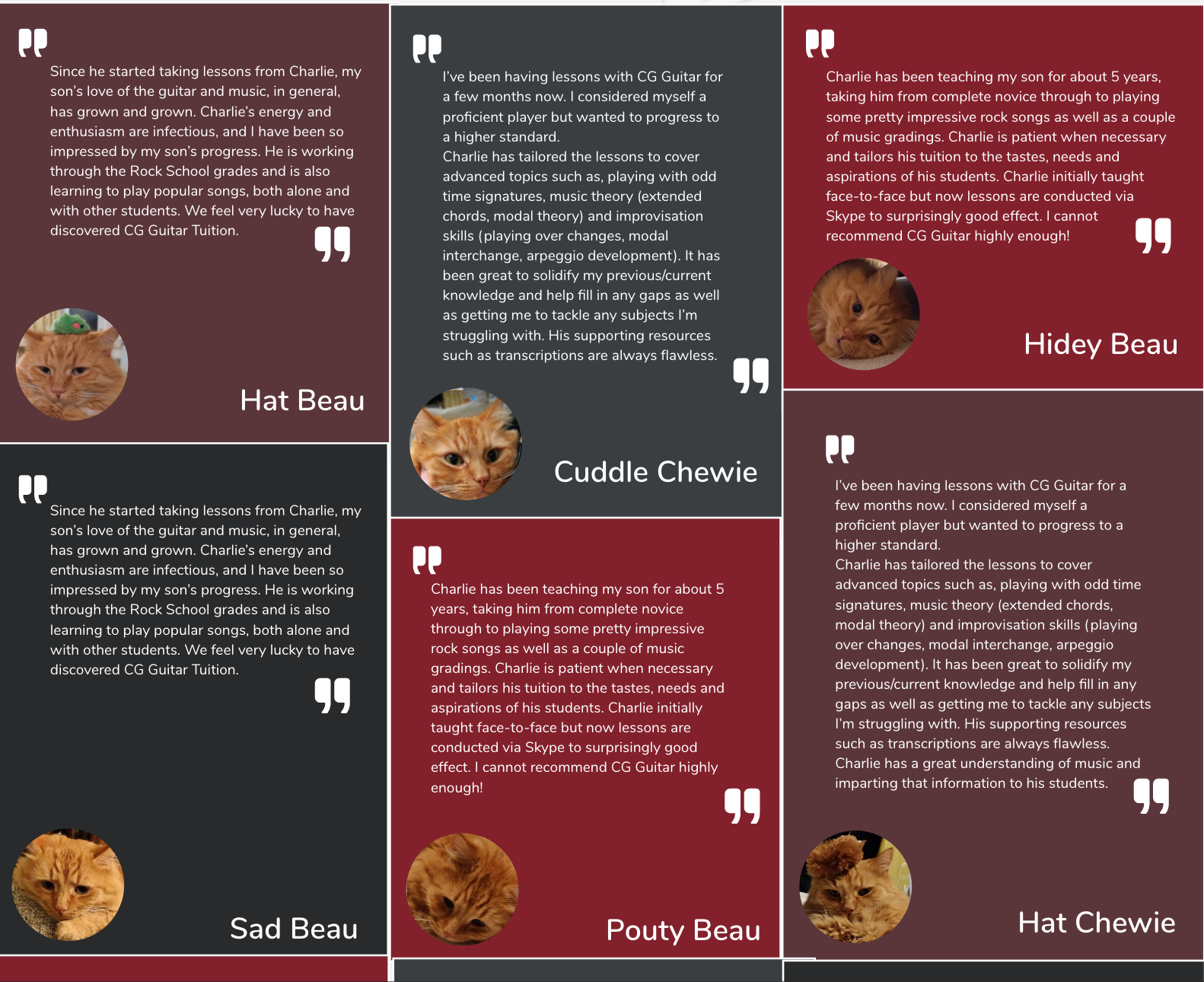Table Of Content

‘ConcreteObserver’ is an implementation of the ‘Observer’ interface. This can be prevented if the subject holds weak references to the observers. You can often experience this problem when working with classes of the graphical user interface. For example, you created custom button classes, and you want to let the clients hook some custom code to your buttons so that it fires whenever a user presses a button. Command encapsulates requests as objects, allowing parameterization and queuing of requests.
⚡Where to find the Codebase for Observer Design Pattern?
Maybe you want certain components to get notified whenever certain data has finished downloading, or whenever users sent new messages to a message board and all other members should get notified. These functions will eventually receive data from the notify method. Today, most applications are implemented in layers to separate the business logic from other concerns like user interface or infrastructure code. Notice the implementation of update() method where it’s calling Subject getUpdate() method to get the message to consume.
Coupling and typical publish-subscribe implementations
Strategy patterns support object-based programming with a design pattern specialized in the behavior of software. By outsourcing code elements, independent strategies emerge that can be reused and exchanged with other solution methods at any time. When applying strategy design patterns, developers utilize proven know-how. Observer is a behavioral design pattern that lets you define a subscription mechanism to notify multiple objects about any events that happen to the object they’re observing.
Observer Pattern Implementation in Python
In this series, we’ll explore what these patterns are and how they can elevate your coding skills. The Observer defines a one-to-many relationship so that when one objectchanges state, the others are notified and updated automatically. Each bidder possesses a numberedpaddle that is used to indicate a bid.
Observer Pattern Java Example
Whenever any new message will be posted to the topic, all the registers observers will be notified and they can consume the message. Based on the requirements of Subject, here is the base Subject interface that defines the contract methods to be implemented by any concrete subject. The typical application cases include GUIs (graphical user interfaces), which provide users with an easy-to-use interface for communicating with software. As soon as data is changed, these changes have to be updated in all GUI components – a scenario ideally covered by the subject/observer structure of the observer pattern.
Step 4: Client
By understanding and applying patterns such as Singleton, Factory, Observer, and others, you can improve the quality, scalability, and maintainability of your software projects. Subject is an object having methods to attach and detach observers to a client object. We have created an abstract class Observer and a concrete class Subject that is extending class Observer.
Implementation Details
In that way, our lower layer can make calls to the upper layer without relying on specific implementation details. However, in principle the observer pattern can also be used for just one observing object. The ‘update’ method is called whenever the observed object’s state changes. Design Patterns are the solutions to commonly occurring problems in software design. They are like pre-fabricated blueprints that we can customize to solve a recurring design problem in your code.

As described above, when you have a design a system where multiple entities are interested in any possible update to some particular second entity object, we can use the observer pattern. While the library classes java.util.Observer and java.util.Observable exist, they have been deprecated in Java 9 because the model implemented was quite limited. Different parts of your application need to be updated when the weather conditions change. They are not pieces of code or libraries that can be imported and used in the development of software or solving a particular problem.
Structural Software Design Patterns in C++
Modern folklore patterns adorn decor - The Fayetteville Observer
Modern folklore patterns adorn decor.
Posted: Sat, 05 May 2018 07:00:00 GMT [source]
Hi Pankaj Sir, nice explanation, but one thing that is bothering me is why did the client is calling the update() method? It is infact the Observable that should be triggering that method call. In the first post of this design pattern series, we introduced three design principles and a design pattern (strategy pattern). In this post, we will learn the fourth design principle and another behavior design pattern — Observer Pattern. Use the Observer pattern when changes to the state of one object may require changing other objects, and the actual set of objects is unknown beforehand or changes dynamically. It primarily deals with the interaction and communication between objects, specifically focusing on how objects behave in response to changes in the state of other objects.
In contrast, the Observer pattern focuses on subscription-based notifications without encapsulating requests. Whenever a user sends a message, all other users within the chat, acting as observers, will receive and display the message. While this approach keeps the observer interface small, comparing the current state with the new one to identify the changes can be challenging and time-consuming. Remember that our dependency rule applies only to implementation types at compile time.
In this example, the WeatherStation class is the subject, and PhoneDisplay and TVDisplay are the observers. When the WeatherStation's temperature changes, it calls the `notifyObservers()` method, which calls the `update()` method on each observer. The observers then update their temperature display accordingly. Imagine having a toolbox of tried-and-true solutions readily available.
Let us Imagine a scenario where the weather station is observed by various smart devices. When there’s a change in weather conditions, the weather station notifies all devices about the update. We often confused ourselves between design patterns and algorithms. While an algorithm always defines a clear set of actions that can achieve some goal, a pattern is a more upper-level description of a solution. This pattern’s versatility in managing interactions among objects without direct dependencies significantly enhances maintainability and extensibility. Embracing the Observer pattern empowers developers to build adaptable systems capable of handling diverse interactions between components, contributing to robust and efficient software solutions.
In other scenarios, tightly coupled objects can be a better option because the compiler is able to detect errors at compile time and optimize the code at the CPU instruction level. It is often used for implementing distributed event-handling systems in event-driven software. Design patterns are reusable solutions to common problems that arise during software development. They provide a shared vocabulary and best practices for designing scalable and maintainable software systems. In this article, we'll explore some of the most popular design patterns, including Singleton, Factory, Observer, and others. By understanding and applying these patterns, you'll be better equipped to tackle complex software development challenges.
This push behavior is very convenient for handling asynchronous data streams, like user input or incoming network messages, and made this paradigm especially popular in front-end or web development. The facade design pattern, facade pattern in short, plays an important role in object-oriented software development. The pattern offers an elegant way to merge different interfaces of sub-system classes and develop software more flexibly and in a less complex manner. Find out what this entails and what its advantages and disadvantages are using facade pattern examples. In terms of the programming language used, there are no specific restrictions in principle for the observer design pattern.

No comments:
Post a Comment